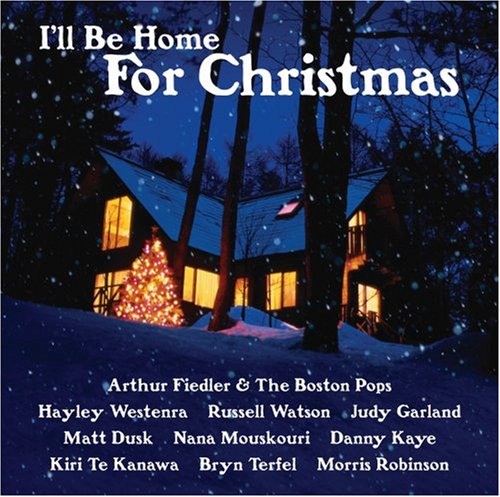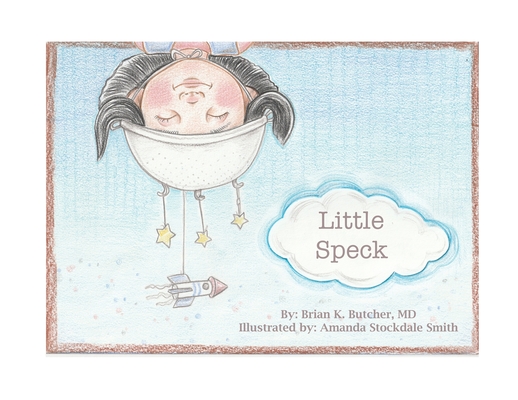
Barkat, Sara
product information
description
rk your imagination and guide you in the pleasures of writing poetry with heart and soul?
Explore this inspiring "workshop in a book." No matter your level, you can make poems that express more deeply and impact more richly. Poems to keep. Poems to share.
From the author of How to Read a Poem and How to Write a Poem, comes a truly delightful book on how to write poetry in form. Tania Runyan's previous How to Write a Poem focused on free verse. It covered the powerful techniques of poetry writing: image, sound, line breaks, surprising insights, risk-taking, revision strategies. It also provided practical resources to get your poems published. This companion book builds on How to Write a Poem, revealing the world of classic and new poetry forms, to help you grow and explore more.
How to Write a Form Poem is a helpful guide for poetry beginners. It's an inspiring reference (and a fun read) for experienced poets of all levels. It's also a useful tool for teachers who want an accessible, informative, imaginative text for students-with plenty of tips for how to actually approach writing the forms, lots of sample poems to illustrate the forms + intriguing poetry prompts!
How to Write a Form Poem covers 10 fabulous forms-sonnets, sestinas, haiku, villanelles, pantoums, ghazals, rondeaux, odes, acrostics (the real kind), found poems + surprising variations on classic forms (triolet, anyone?), to challenge you when you're ready to go the extra mile.
You'll also be entertained by Runyan's own travel stories that she uses to explain and explore the various forms-the effect of which is to bring form poetry down to earth (and onto your own poetry writing map). Carnival, lighthouse, monument, state park...she uses them all to help explain the exciting world of how to write poems in form. Her travels also result in a collection of satisfying sample poems she shares with readers.
Other sample poems include works from both popular and emerging poets from many walks of life and geographies. In your anthology travels here, you'll meet (or get reacquainted with) Conor O'Callaghan, Richard Pierce, Ashley M. Jones, William Shakespeare, John Keats, Claude McKay, Tom Hunley, Elizabeth Bishop, Celia Lisset Alvarez, Elise Paschen, Frank O'Hara, Victoria Chang, Joshua Gage, Katie Manning, Seth Haines, Natasha Trethewey, David K. Wheeler, Chip Livingston, John McCrae, Rick Maxson, Robert Bridges, Albert Giraud, Charles Henry Luders, Janet Aalfs, Rebecca Lauren, Marci Rae Johnson, Angela Alaimo O'Donnell, Matsuo Basho, Matsuo Allard, Amy Lowell, Charles B. Dickson, Christopher Patchel, Michelle Ortega, Ezra Pound, Sandra Heska King, Todd C. Truffin, Erin Keane, John Poch, L.L. Barkat, Susan Rothbard, Gabriel Spera, David Wright, Isaac Willis, Jeanne Murray Walker, Benjamin Myers, Murray Silverstein, Monica Sharman, Barbara Crooker, deb y felio, Faisal Mohyuddin, Edgar Allan Poe, Aaron Brown, Zeina Hashem Beck, Dheepa Maturi, John Drury, Marjorie Maddox, Jill Baumgaertner, Maureen E. Doallas, Juditha Dowd, Thomas Gray, Ron Wallace, Lucille Clifton, Alexander Pope, Clint Smith, Paul Laurence Dunbar, Barbara Howes, Sara Barkat, Megan Willome, Allison Joseph, Claire Batemen, Glynn Young, John Stevenson, Jim Kacian, Carolyn Hall, Roberta Beary, Lorin Ford, Clement Hoyt, and Wallace Stevens. Whew!
How to Write a Form Poem is a little adventure waiting for you.*** Learn about the poets' processes and poem backstories when you visit https: //www.tweetspeakpoetry.com/category/poet-a-day/ - You can also hear recordings of many of the poets reading their poems!
Explore this inspiring "workshop in a book." No matter your level, you can make poems that express more deeply and impact more richly. Poems to keep. Poems to share.
From the author of How to Read a Poem and How to Write a Poem, comes a truly delightful book on how to write poetry in form. Tania Runyan's previous How to Write a Poem focused on free verse. It covered the powerful techniques of poetry writing: image, sound, line breaks, surprising insights, risk-taking, revision strategies. It also provided practical resources to get your poems published. This companion book builds on How to Write a Poem, revealing the world of classic and new poetry forms, to help you grow and explore more.
How to Write a Form Poem is a helpful guide for poetry beginners. It's an inspiring reference (and a fun read) for experienced poets of all levels. It's also a useful tool for teachers who want an accessible, informative, imaginative text for students-with plenty of tips for how to actually approach writing the forms, lots of sample poems to illustrate the forms + intriguing poetry prompts!
How to Write a Form Poem covers 10 fabulous forms-sonnets, sestinas, haiku, villanelles, pantoums, ghazals, rondeaux, odes, acrostics (the real kind), found poems + surprising variations on classic forms (triolet, anyone?), to challenge you when you're ready to go the extra mile.
You'll also be entertained by Runyan's own travel stories that she uses to explain and explore the various forms-the effect of which is to bring form poetry down to earth (and onto your own poetry writing map). Carnival, lighthouse, monument, state park...she uses them all to help explain the exciting world of how to write poems in form. Her travels also result in a collection of satisfying sample poems she shares with readers.
Other sample poems include works from both popular and emerging poets from many walks of life and geographies. In your anthology travels here, you'll meet (or get reacquainted with) Conor O'Callaghan, Richard Pierce, Ashley M. Jones, William Shakespeare, John Keats, Claude McKay, Tom Hunley, Elizabeth Bishop, Celia Lisset Alvarez, Elise Paschen, Frank O'Hara, Victoria Chang, Joshua Gage, Katie Manning, Seth Haines, Natasha Trethewey, David K. Wheeler, Chip Livingston, John McCrae, Rick Maxson, Robert Bridges, Albert Giraud, Charles Henry Luders, Janet Aalfs, Rebecca Lauren, Marci Rae Johnson, Angela Alaimo O'Donnell, Matsuo Basho, Matsuo Allard, Amy Lowell, Charles B. Dickson, Christopher Patchel, Michelle Ortega, Ezra Pound, Sandra Heska King, Todd C. Truffin, Erin Keane, John Poch, L.L. Barkat, Susan Rothbard, Gabriel Spera, David Wright, Isaac Willis, Jeanne Murray Walker, Benjamin Myers, Murray Silverstein, Monica Sharman, Barbara Crooker, deb y felio, Faisal Mohyuddin, Edgar Allan Poe, Aaron Brown, Zeina Hashem Beck, Dheepa Maturi, John Drury, Marjorie Maddox, Jill Baumgaertner, Maureen E. Doallas, Juditha Dowd, Thomas Gray, Ron Wallace, Lucille Clifton, Alexander Pope, Clint Smith, Paul Laurence Dunbar, Barbara Howes, Sara Barkat, Megan Willome, Allison Joseph, Claire Batemen, Glynn Young, John Stevenson, Jim Kacian, Carolyn Hall, Roberta Beary, Lorin Ford, Clement Hoyt, and Wallace Stevens. Whew!
How to Write a Form Poem is a little adventure waiting for you.*** Learn about the poets' processes and poem backstories when you visit https: //www.tweetspeakpoetry.com/category/poet-a-day/ - You can also hear recordings of many of the poets reading their poems!
member goods
No member items were found under this heading.
listens & views

I'LL BE HOME FOR CHRISTMAS ...
by I'LL BE HOME FOR CHRISTMAS / VARIOUS
COMPACT DISCout of stock
$12.99
Return Policy
All sales are final
Shipping
No special shipping considerations available.
Shipping fees determined at checkout.






